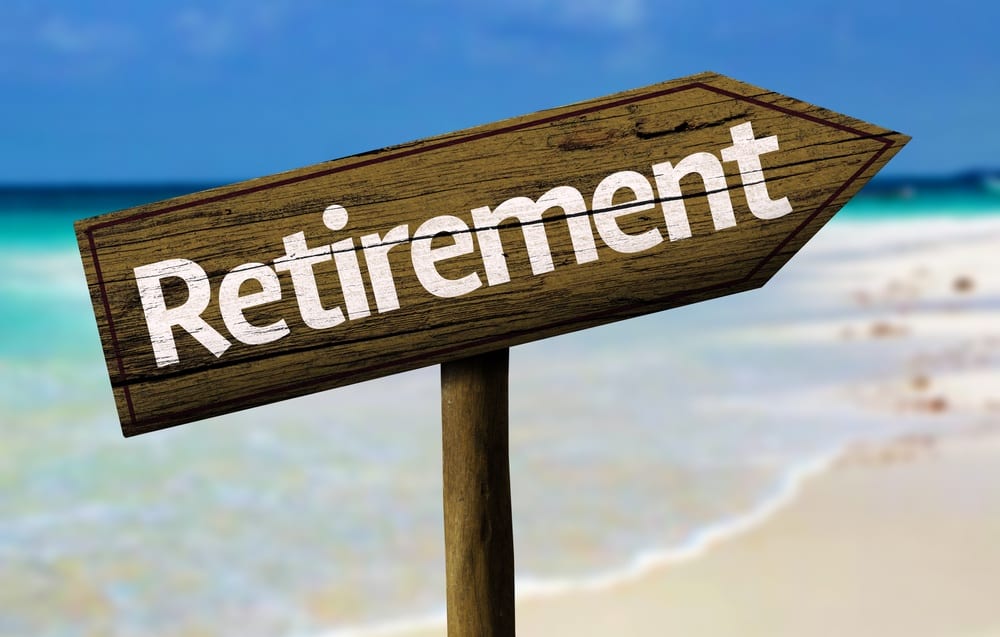Savvy retirement planning starts with your first job and never ends. The security in Social Security is slipping and pensions are shrinking as employers re-examine benefit packages. No matter what your age, figuring retirement income into your financial plan is vital. How much you set aside for retirement depends on your age, your income, how much you want at retirement and when you plan to retire. Remember, saving early and often allows the magic of compounding to work for you.
Open an Individual Retirement Account (IRA) if you can. No tax is paid on any of its dividends, interests or gains until you withdraw. If you’re employed, you can contribute up to $2,000 a year while claiming a tax deduction for that amount, depending on your income level, marital status and participation in a company pension plan. Upon retirement, your tax bracket will likely be lower.
IRAs can be invested in many securities including bank certificates, mutual funds and money market funds which offer professional management of your investment. You can also choose a self-directed IRA for which you or your financial planner buy and sell securities and manage your own investments.
Since the purpose of IRAs is retirement saving, withdrawals are subject to heavy penalties before age 591/2, unless you become disabled. If you’re over that age and still earning, IRAs make an ideal savings account since you can enjoy the tax advantages and be free from penalty withdrawals. You can contribute to your IRA up to the age of 701/2. Then you must start taking distributions, but you can still contribute if you are earning wage income.
For guaranteed monthly income for life, consider an annuity. Annuities are purchased from insurance companies with a single or periodic payments. As with an IRA, the income accumulates tax-free until you begin withdrawals.
Annuity payout options available at retirement:
- A straight life annuity pays income monthly from retirement through death, with no benefits to anyone at your death.
- A life annuity with “installments certain” pays you income for life, with a specified minimum number of years, so that if you die the balance of the income promised to you goes to your beneficiary.
- A refund annuity pays you for life or until the payouts equal the premium paid. If you die before then, your beneficiary receives a refund.
When choosing an annuity plan, compare companies for service charges or loads. Since income payments on annuities are fixed, they won’t keep up with inflation. An annuity is an investment, so keep in mind the minimum interest rate guarantee, the current interest rate, and penalties for withdrawal.
Check with your employer about employer-sponsored 401(k) for “for-profit” companies and 403(b) plans for people working for nonprofit organizations. Both allow savings to accumulate and compound tax-free until retirement.
Self-employed people can have an IRA as well as a Keogh plan that allows them to save up to $30,000 or 25% of their income, whichever is less, on a tax-deferred basis.
A Simplified Employee Pension Plan (SEP), a special type of IRA designed to be an easy-to-manage-retirement plan for small companies allows the employer or self-employed individual to contribute 15% of a worker’s income or $30,000, whichever is less, on a tax-deferred basis. The money can be put in any of the investment vehicles you would use for an IRA, and the withdrawal rules are the same. You can contribute as long as you are earning income even past age 701/2.
A SEP can also include a salary reduction arrangement. Under this arrangement, employees can elect to have part of their pay contributed to their SEP-IRA. The tax on the part contributed is deferred. Your employer needs to sponsor this type of arrangement, but it is worth finding out if yours does, because up to $9,240 can be deferred each calendar year.
It’s best to check with a tax planner or investment adviser first because rules about these plans are complicated. However, as is true of all aspects of financial planning, the most important thing is to get started now!







